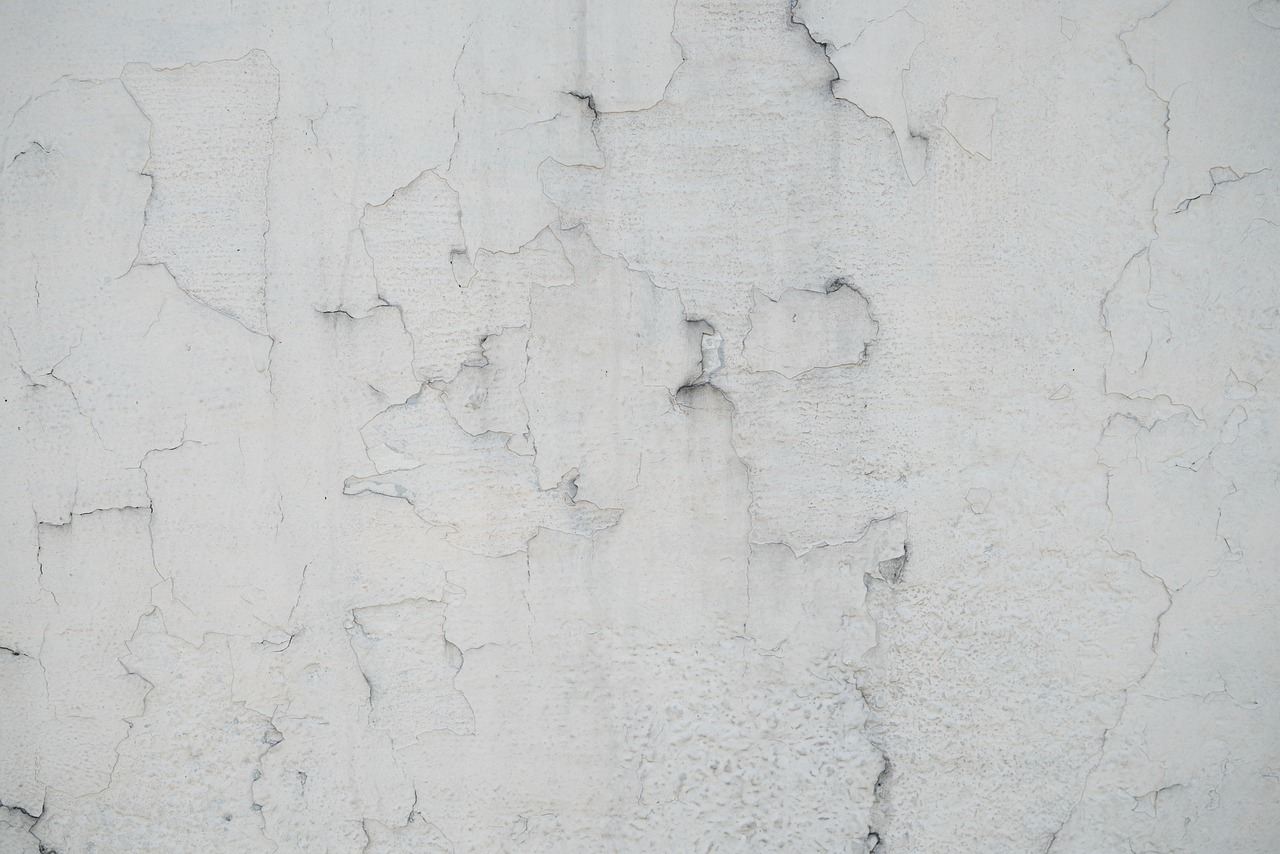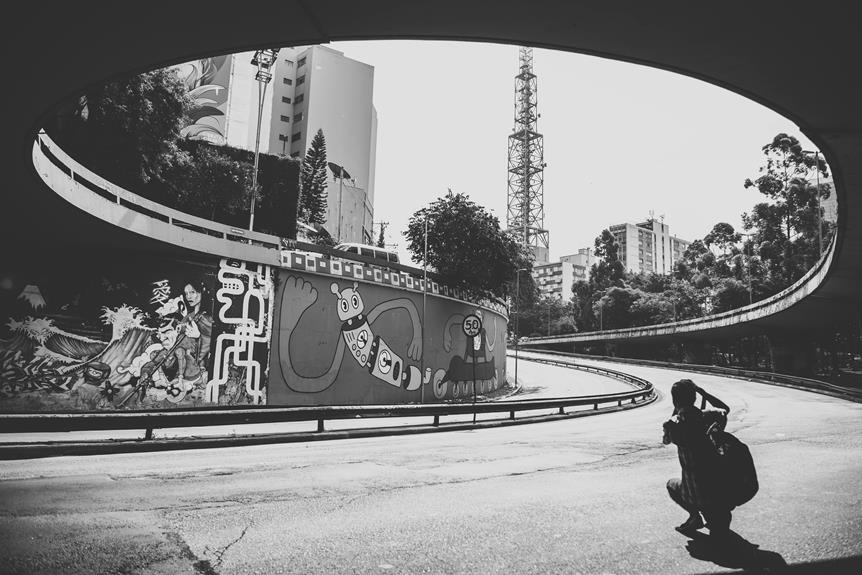Indian Art

You’re about to explore the rich, multifaceted world of Indian art, shaped by thousands of years of history. Early Indian rock art, like the figures discovered by Dr. V. S. Wakankar, marks its inception. The Mauryan period brings monumental sculptures like the Pillars of Ashoka. Fast forward to the medieval era, Chola bronzes, Hoysala stone carvings, and Ajanta frescoes enchant with their intricate designs. The colonial era introduces European influences through artists like Raja Ravi Varma. Today, contemporary artists such as Subodh Gupta blend traditional techniques with modern themes. There’s so much more waiting in each chapter of Indian art’s evolution.
Key Points
- Indian art spans from prehistoric rock art to contemporary social commentary.
- Medieval Indian art includes intricate stone carvings and vivid frescoes.
- Colonial-era art blends European techniques with Indian themes.
- Temple architecture showcases diverse styles like Nagara, Dravida, and Vesara.
- Folk and tribal art use natural materials and symbolic motifs.
Early Indian Art
Early Indian Art offers a rich tapestry of creativity and cultural expression, beginning with the extensive rock art that spans over 1300 sites and features more than a quarter of a million figures. Rock art exploration reveals indigenous influences, seen in the painted rock shelters discovered by Dr. V. S. Wakankar, using ‘geru’ for red washes.
Moving to the Vedic Period, you’ll encounter anthropomorphic depictions of deities that mark the beginnings of Vedic iconography. These divine representations, emerging in the 1st millennium BCE, reflect a shift towards more structured religious symbolism.
The Mauryan period further showcases monumental sculptures, like the Pillars of Ashoka, highlighting a blend of spiritual and artistic evolution in early Indian art.
Medieval Indian Art
Medieval Indian art, spanning the 6th to 12th centuries CE, showcases a remarkable evolution in temple architecture, sculpture, and painting, driven by the artistic advancements of key dynasties like the Chola, Hoysala, and Pala kingdoms.
You’ll notice how the intricate carvings of Khajuraho temples and the Ajanta and Ellora caves reflect a profound artistic evolution. These works often depict mythological narratives, bringing deities and religious stories to life with exquisite detail.
- Marvel at the Chola bronzes, capturing divine grace and beauty.
- Feel awe in the stone carvings of the Hoysala temples, with their intricate symbolism.
- Appreciate the vivid frescoes of the Ajanta caves, narrating Buddha’s life.
Analyze these masterpieces to understand the cultural and spiritual ethos of medieval India.
Colonial Era Art
Colonial era Indian art captures a transformative period where cultural exchange between British and Indian traditions led to a unique fusion of styles and techniques. You’ll notice the influence of British patronage and European fusion in the works of artists like Raja Ravi Varma, who popularized oil painting with themes from Indian epics.
The Company School paintings, emerging under colonial influences, depicted Indian daily life with European nuances. British artists Thomas Daniell and William Hodges immortalized Indian landscapes and architecture. The Bengal School of Art, led by Abanindranath Tagore, aimed to revive indigenous styles and themes.
| Artist | Contribution | Style/Influence |
|---|---|---|
| Raja Ravi Varma | Popularized oil painting | European fusion |
| Company School | Depicted daily life | Colonial influences |
| Thomas Daniell | Captured landscapes | British patronage |
| William Hodges | Illustrated architecture | European fusion |
| Abanindranath Tagore | Revived traditional forms | Indigenous styles |
Contemporary Indian Art
Building upon the rich legacy of the colonial era, contemporary Indian art reflects the country’s dynamic and evolving identity through a blend of traditional techniques and modern sensibilities. Artists like Subodh Gupta, Bharti Kher, and Anish Kapoor use their work to offer social commentary and highlight cultural fusion. These pieces often merge modern influences with age-old practices, creating a dialogue between past and present.
The vibrancy of Indian society:
Contemporary art mirrors the complexities and beauty of modern India.
Global recognition:
Indian artists are celebrated on international platforms like the India Art Fair and Kochi-Muziris Biennale.
Emotional depth:
Artworks often explore social, political, and cultural issues, prompting reflection on broader societal themes.
Contemporary Indian art is a reflection of the nation’s rich, multifaceted heritage.
Temple Art
When you explore temple art in India, you’ll notice how architectural styles have evolved to reflect regional diversity and historical influences.
The intricate iconography and symbolism in temple sculptures and paintings offer a rich tapestry of religious narratives and cultural values.
Architectural Styles Evolution
The evolution of temple art in India showcases a profound journey from rudimentary rock-cut cave temples to the sophisticated and regionally distinct architectural styles of Nagara, Dravida, and Vesara. Each style reflects regional influences, from the towering shikharas of the Nagara style in the north to the expansive gopurams of the Dravida style in the south. Vesara, a blend of both, can be seen in the Deccan.
Temples are adorned with intricate carvings depicting deities, mythical figures, and geometric patterns, demonstrating unparalleled craftsmanship.
- Marvel at the towering shikharas of Nagara temples.
- Admire the intricate carvings that tell ancient stories.
- Experience the grandiose gopurams of Dravida temples.
These elements highlight the rich diversity and depth of Indian temple architecture.
Iconography and Symbolism
While architectural styles define the external grandeur of Indian temples, the intricate iconography and symbolism within the temple art reveal profound spiritual narratives and philosophical depth.
You’ll notice deities depicted with multiple arms, each holding symbolic objects that convey their divine attributes and powers. Sacred gestures, or mudras, and specific postures communicate spiritual meanings, guiding worshippers in their devotional practices.
Cultural symbolism is deeply embedded in these artworks, with animals, plants, and mythical creatures adding layers of significance. Artistic interpretation plays an essential role in visualizing complex religious and philosophical ideas, making them accessible to worshippers and visitors.
Through this visual language, temple art transcends mere decoration, offering a rich tapestry of spiritual and cultural insights.
Folk and Tribal Art
When you explore Indian folk and tribal art, you’ll notice how unique cultural traditions are vividly expressed through distinct symbolism and motifs.
Each region employs specific techniques and materials, whether it’s the intricate weaving in Gujarat or the vibrant Madhubani paintings from Bihar.
These art forms don’t just create visual appeal; they also preserve and narrate the rich heritage and stories of indigenous communities.
Unique Cultural Traditions
Immerse yourself in the vibrant world of Indian folk and tribal art, where diverse regional styles and centuries-old techniques reveal the rich tapestry of India’s cultural heritage.
Indigenous crafts from indigenous communities showcase artistic traditions that have been meticulously preserved over generations. For instance, Warli art from Maharashtra, Madhubani art from Bihar, and Gond art from Madhya Pradesh reflect the unique cultural heritage of their regions.
These art forms often use natural materials like plant extracts and cow dung, emphasizing their deep connection to nature.
Feel the ancient stories come alive through intricate patterns and vibrant colours.
Experience the dedication of artisans passing down their skills through generations.
Witness the profound bond between art, culture, and nature.
Symbolism and Motifs
In Indian folk and tribal art, symbolic motifs like elephants and peacocks aren’t just decorative but carry profound cultural significance and storytelling elements. Elephants often symbolize strength and wisdom, while peacocks represent beauty and grace. These symbolic representations reflect deep-seated cultural beliefs and traditions.
For example, Warli paintings use geometric shapes to depict nature, daily life, and folklore, each symbol narrating a unique story. Similarly, Madhubani art from Bihar features intricate patterns inspired by nature, mythology, and religious themes. Each motif isn’t random; it conveys the community’s heritage and values.
Understanding these symbols allows you to appreciate the rich, layered meanings behind the art, highlighting the cultural significance embedded in every stroke and pattern.
Techniques and Materials
Understanding the rich symbolism in Indian folk and tribal art gives you a deeper appreciation for the traditional techniques and natural materials that artisans employ to bring these motifs to life. Techniques like Madhubani painting, Warli art, and Gond art use traditional methods with modern adaptations, creating intricate patterns that reflect artistic innovations and natural inspirations.
Artists commonly utilize materials such as clay, wood, natural dyes, and plant extracts, which are integral to these art forms.
- Nature’s beauty captured in every stroke
- Cultural heritage preserved through handmade techniques
- Vibrant colors from natural pigments
These practices aren’t just about creating art; they’re about preserving a legacy, connecting the past with the present, and celebrating the diversity of Indian artistry.
Frequently Asked Questions
What Is the Traditional Art in India?
You’ll see traditional art in India through tribal paintings and temple murals. Tribal paintings often depict everyday life and nature, while temple murals focus on religious themes, combining skillful craftsmanship with vibrant storytelling.
What Is Indian Artwork Called?
You’d call Indian artwork by specific names like Madhubani Paintings and Warli Art. These terms capture unique regional styles, techniques, and themes, reflecting India’s rich cultural diversity and historical depth. They embody spiritual and cultural essence.
What Kind of Art Is Popular in India?
You’ll find modern sculptures and contemporary photography very popular in India today. These art forms blend traditional themes with new techniques, reflecting cultural evolution. They’re celebrated in galleries and exhibits, capturing both heritage and innovation.
Who Is the Most Famous Indian Artist?
You’d consider M.F. Husain’s legacy and Raja Ravi Varma’s influence to determine the most famous Indian artist. Varma’s blend of tradition and European techniques and Husain’s dynamic modern art both define significant eras in Indian art history.
Conclusion
You’ve journeyed through the rich tapestry of Indian art, from its ancient origins to contemporary expressions.
Each era, from early to medieval, colonial to modern, reveals how history, culture, and societal changes shaped artistic endeavours.
Temple art and folk traditions highlight the spiritual and communal aspects that persist.
By understanding these contexts, you gain a deeper appreciation for the intricate details and profound meanings embedded in India’s artistic heritage.
Embrace this knowledge to enrich your cultural perspective.
Author: Victoria Williams

